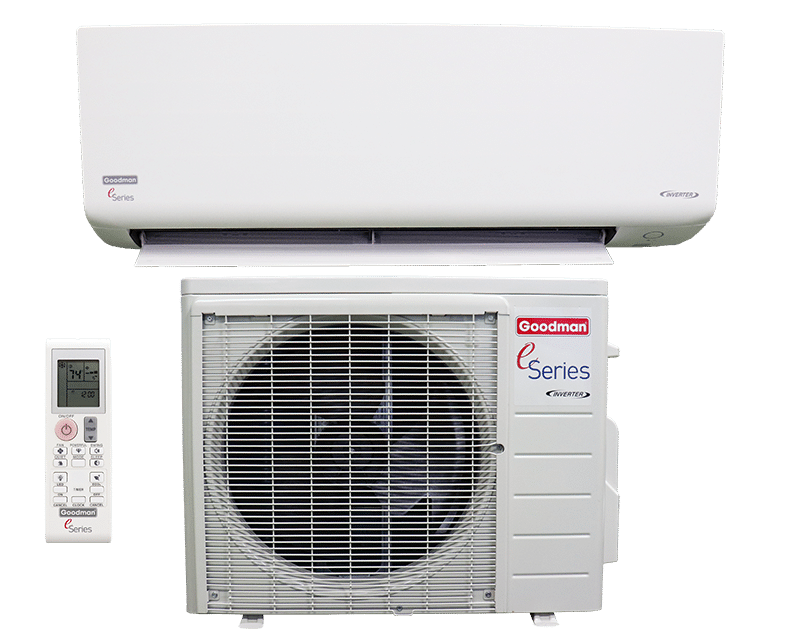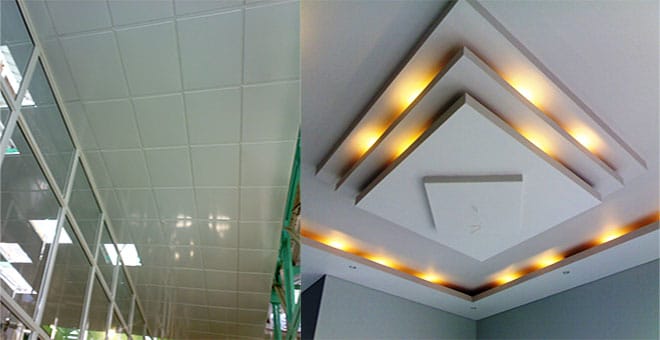Understanding SEER Ratings: What Homeowners Need to Know
Introduction: Understanding the Basics of SEER Ratings
Hey there! If you’ve ever shopped for an air conditioning system or a full HVAC unit, you’ve probably come across the term SEER rating. But what does it mean, and why should you care? As a homeowner, renter, property manager, or small business owner, understanding SEER ratings can help you make informed decisions that affect your comfort and your wallet.
In this guide, I’ll walk you through everything you need to know about SEER ratings, from the basics to the benefits, and even some common myths. Let’s dive in!
What is SEER?
SEER stands for Seasonal Energy Efficiency Ratio. It’s a metric used to measure the efficiency of air conditioning systems. In simple terms, the SEER rating tells you how much cooling you can get out of your AC for each unit of energy it consumes.
The higher the SEER rating, the more efficient the system. It’s a bit like the miles-per-gallon (MPG) rating for cars – the higher the number, the less fuel (or in this case, electricity) you’ll need to achieve the same result.
How SEER Ratings Are Calculated
Understanding how SEER ratings are calculated can help demystify this important number. The SEER rating is determined by dividing the total cooling output of an AC system over a typical cooling season by the total electric energy input during the same period.
This calculation considers a range of temperatures to give a realistic measure of performance. So, an AC unit with a SEER rating of 16 is twice as efficient as one with a SEER rating of 8, meaning it will use half the electricity to produce the same amount of cooling.
Why SEER Ratings Matter
You might be wondering why SEER ratings matter so much. Well, the SEER rating of your AC system has a direct impact on your energy consumption and, consequently, your energy bills.
Higher SEER ratings mean greater efficiency, which translates to lower electricity usage and cost savings over time. Plus, more efficient systems are generally better for the environment, as they reduce your carbon footprint. In a nutshell, paying attention to SEER ratings can help you save money and go green.
SEER Ratings and Energy Efficiency
Energy efficiency is a big deal these days, and SEER ratings are a key part of that conversation. When you choose an AC system with a high SEER rating, you’re opting for a unit that’s designed to operate efficiently, even during peak usage times.
This efficiency not only reduces your energy bills but also helps to reduce the overall demand on the power grid. High-SEER units often come with advanced features like variable-speed fans and smart thermostats that further enhance their efficiency.
Comparing SEER Ratings to Other Efficiency Metrics
While SEER ratings are important, they’re not the only metric you should consider when evaluating an AC system. Other efficiency ratings, such as the Energy Efficiency Ratio (EER) and the Heating Seasonal Performance Factor (HSPF), also provide valuable insights. EER measures an AC’s efficiency at peak operating conditions, while HSPF applies to heat pumps and measures heating efficiency over a season. Comparing these ratings alongside SEER can give you a more comprehensive understanding of a system’s performance.
Benefits of High SEER Ratings
Investing in an AC system with a high SEER rating offers numerous benefits:
- Cost Savings: Lower energy bills are one of the most significant advantages. High-SEER units use less electricity, which can lead to substantial savings over time.
- Enhanced Comfort: High-efficiency units often provide better humidity control and more consistent temperatures.
- Longer Lifespan: Efficient systems tend to experience less wear and tear, which can extend the lifespan of your HVAC unit.
- Environmental Impact: Using less energy means reducing your carbon footprint, contributing to a more sustainable future.
Impact of SEER Ratings on Energy Bills
One of the most compelling reasons to pay attention to SEER ratings is their impact on your energy bills. Let’s break it down with a simple example.
Imagine you have an old AC unit with a SEER rating of 10. Upgrading to a new unit with a SEER rating of 20 can cut your cooling costs in half. Over the course of a hot summer, those savings can really add up. It’s a win-win situation: you stay cool and comfortable while spending less on electricity.
Choosing the Right SEER Rating for Your Home
When it comes to choosing the right SEER rating for your home, there’s no one-size-fits-all answer. Factors like your local climate, the size and layout of your home, and your personal energy-saving goals all play a role. In warmer climates, where AC use is more frequent, a higher SEER rating can be particularly beneficial.
Conversely, if you live in a milder climate, you might find that a moderately high SEER rating strikes the right balance between cost and efficiency.
SEER Ratings for Different Types of HVAC Units

Not all HVAC units are created equal, and SEER ratings can vary significantly between different types of systems. Central air conditioners, ductless mini splits systems, and heat pumps all have their own SEER rating scales. For example, ductless mini splits systems often boast higher SEER ratings compared to traditional central air systems. It’s essential to compare SEER ratings within the same category of units to make an apples-to-apples comparison.
Common Myths About SEER Ratings
There are several myths and misconceptions about SEER ratings that can lead to confusion. Let’s debunk a few of them:
- Myth #1: Higher SEER always means better performance. While higher SEER ratings indicate better efficiency, other factors like installation quality and system maintenance also play crucial roles.
- Myth #2: SEER ratings are the only factor to consider. Other efficiency metrics and system features are equally important.
- Myth #3: All high-SEER units are prohibitively expensive. While they can be more expensive upfront, the long-term savings often justify the investment.
SEER Ratings and Environmental Impact
High-SEER AC systems are not just good for your wallet; they’re also good for the planet. By using less energy to cool your home, these systems help reduce greenhouse gas emissions and lower the overall demand on power plants. Some high-efficiency units even use eco-friendly refrigerants that have a lower environmental impact. Choosing a high-SEER system is a great way to contribute to a more sustainable future.
Maintenance Tips to Maintain Your SEER Rating
To get the most out of your AC system’s SEER rating, regular maintenance is key. Here are some tips to keep your unit running efficiently:
- Regular Cleaning: Clean or replace filters regularly to ensure proper airflow.
- Professional Inspections: Schedule annual check-ups with a qualified technician to catch and fix any issues early.
- Thermostat Settings: Use a programmable or smart thermostat to optimize your cooling schedule.
- Sealing Leaks: Ensure that your home is well-insulated and that ducts are sealed to prevent energy loss.
SEER Ratings and Rebates/Incentives
Did you know that many utility companies and government programs offer rebates and incentives for installing high-SEER AC systems? These financial incentives can significantly offset the initial cost of your new unit, making it more affordable to invest in energy efficiency. Be sure to check with your local utility provider or government agencies to see what programs are available in your area.
FAQs About SEER Ratings
Q1: What is a good SEER rating for an AC unit?
A good SEER rating depends on your specific needs, but generally, a rating of 14 or higher is considered efficient. In warmer climates, aiming for 16 or above can offer more significant savings.
Q2: Are high-SEER units worth the extra cost?
Yes, high-SEER units can be worth the extra cost due to their long-term energy savings and potential rebates or incentives that help offset the initial investment.
Q3: How can I find the SEER rating of my current AC unit?
You can usually find the SEER rating on the unit’s nameplate or in the user manual. If it’s not listed, check the manufacturer’s website or consult with a professional.
Q4: Do SEER ratings affect heating efficiency too?
SEER ratings specifically measure cooling efficiency. For heating efficiency, look for the Heating Seasonal Performance Factor (HSPF) rating on heat pumps.
Q5: How do SEER ratings relate to ENERGY STAR certifications?
ENERGY STAR certified units typically have higher SEER ratings, indicating they meet stringent energy efficiency guidelines set by the U.S. Environmental Protection Agency.
Q6: Can I upgrade the SEER rating of my existing AC unit?
No, you cannot upgrade the SEER rating of an existing unit. To achieve higher efficiency, you’ll need to replace the unit with one that has a higher SEER rating.
Conclusion: Making an Informed Decision on SEER Ratings
Choosing the right SEER rating for your AC system is an important decision that can impact your energy bills, comfort, and environmental footprint. By understanding what SEER ratings are and why they matter, you can make an informed choice that meets your needs and budget.
Remember to consider other efficiency metrics, maintenance tips, and potential rebates when making your decision. With the right information, you can enjoy a cool, comfortable home while saving money and helping the planet.
Ready to upgrade your AC system? Explore a wide range of high-SEER units and find the perfect match for your home or business at AC Direct. Start saving on your energy bills and enjoy enhanced comfort today!







